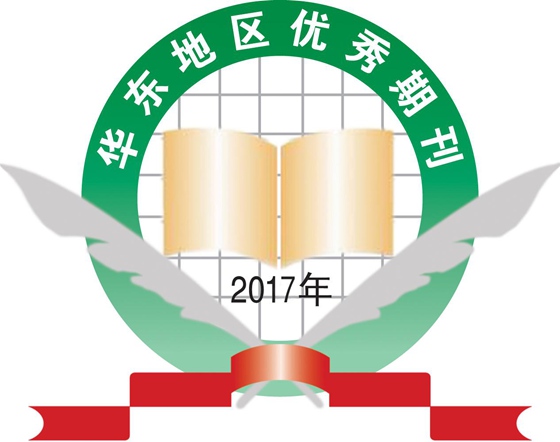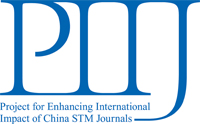Objective: To investigate different doses of daidzein (DAI) in regulating bone formation of osteoblasts, and the regulating mechanisms of estrogen receptors (ERs) and peroxisome proliferator-activated receptor γ (PPARγ) in bone formation.
Methods: Human fetal osteoblasts (hFOBs) incubated without any treatment were served as controls (control group). The hFOBs were exposed to DAI of 10-9, 10-7 and 10-5 mol/L for 72 h, and to β-estradiol-17-valerate (E2) of 10 -8 mol/L as positive control, respectively. Methyl thiazolyl tetrazolium assay was employed to determine the proliferation status of osteoblasts, and 4-nitrophenyl phosphate disodium salt (PNPP) method was employed to determine the activity of alkaline phosphatase (ALP). ER antagonist ICI 182780 (ICI), ERα-selective antagonist methyl-piperidino-pyrazole (MPP) and irreversible PPARγ antagonist GW9662 (GW) were used to block the corresponding receptor, while hFOBs were exposed to E2 or different concentrations of DAI for 48 h. MTT assay and PNPP method were used respectively to determine the proliferation status and ALP activity of osteoblasts cultured in vitro.
Results: The osteoblast proliferation rate decreased progressively as the dose of DAI increased. Compared with the controls, the osteblast proliferation rate in the DAI 10-9 mol/L group increased significantly, while DAI 10 -5 mol/L group decreased significantly (P<0.05). ALP level decreased progressively as the dose of DAI increased, but there was no significant difference between groups (P>0.05). When ERs were blocked by ICI, proliferation rates in the E2 group and DAI 10-9, 10-7 and 10-5 mol/L groups were 88.16%, 76.30%, 81.18% and 83.19% respectively, which were all significantly lower than before (P < 0.05). After ERα was blocked by MPP alone, proliferation rates in E2 group and DAI 10-9, 10-7 and 10-5 mol/L groups were 69.78%, 63.31%, 70.71% and 78.43%, respectively, which were also significantly lower than before (P<0.05). ALP level in the DAI 10-9 mol/L group decreased significantly when ERα was blocked alone. When PPARγ inhibitor GW was added to the culture system, proliferation rates in E2 group and DAI 10-9, 10-7 and 10-5 mol/L groups were 103.14%, 96.99%, 112.88% and 122.22%, respectively. Compared with before, proliferation rates in DAI 10-7 and 10-5mol/L groups increased significantly (P<0.05), and ALP level increased significantly (P<0.05) in the DAI 10-5mol/L group.
Conclusion: DAI shows a biphasic effect on osteoporosis, whereby the effect is dose-dependent; a low-dose DAI stimulates proliferation of osteoblasts, while a high-dose DAI inhibits proliferation of osteoblasts. Low-dose DAI mainly acts on ERs, whereas high-dose DAI mainly acts on PPARγ to inhibit proliferation of osteoblasts and to some extent, acts on ERs to promote the proliferation of osteoblasts.
 Table of Content
Table of Content














